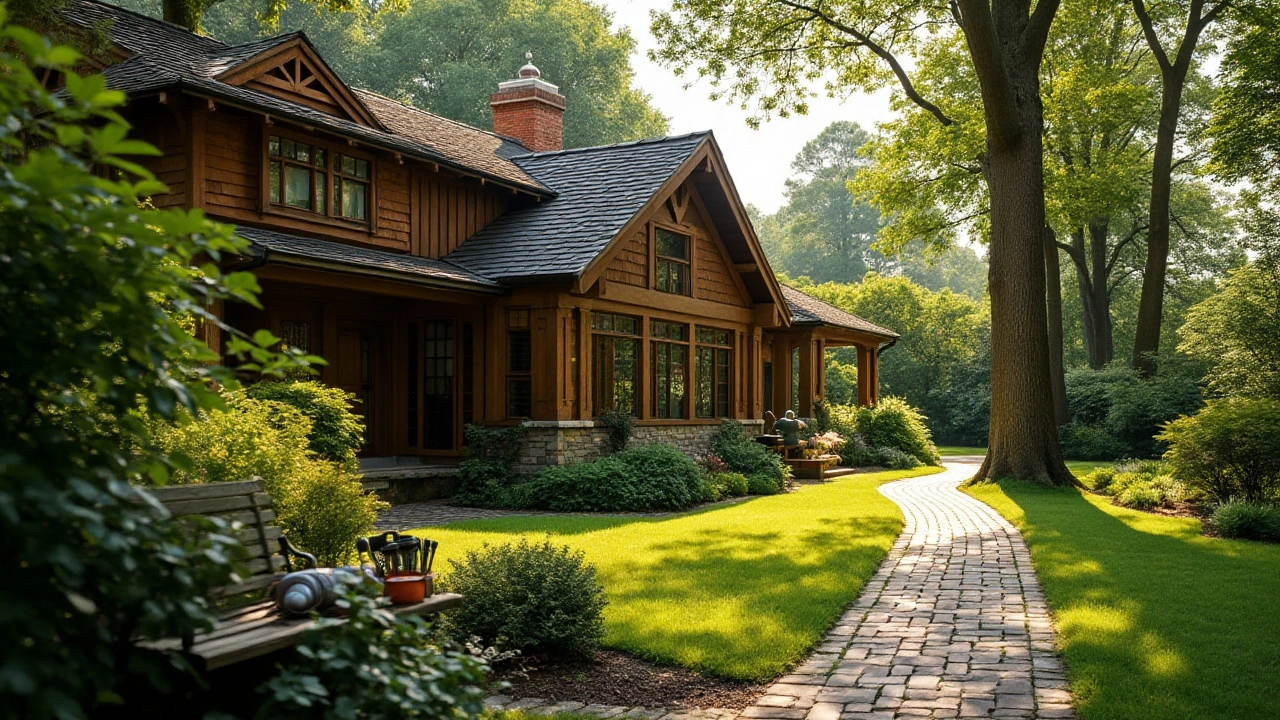Design Style: Your Quick Guide to Architectural and Home Styles
Design style isn't just decoration — it's how buildings and rooms speak. On Macklowe Art & Architecture you'll find clear, practical pieces on styles from Ancient Roman to Minimalism and everything between.
Want to learn fast? Use this tag page to jump straight to articles that explain history, key features, and real-world examples. Each post shows photos, spotting tips, and ideas you can use at home or when traveling.
How to use these style guides
Pick a style that grabs you and open its article. Look for sections that list signature elements — like columns for Greek Revival, rounded arches for Romanesque, or flowing lines for Art Nouveau. Those quick features help you identify a style in a single glance.
Check the restoration and design tips if you plan a renovation. Many posts include practical advice: which materials match the original look, how to modernize without losing character, and budget-friendly swaps that keep the feel intact.
Picking a style for your space
Start with a mood test: do you want drama (Baroque), calm simplicity (Minimalism), or crafted warmth (American Craftsman)? Match that mood to your home's bones. A century-old house usually fits Revival styles; a new build can wear modern or postmodern details well.
Mixing styles works if one style leads and the other supports. Keep scale, color, and materials consistent. For example, pair a Craftsman wood table with minimal light fixtures in warm metal to balance handwork with clean lines.
Travel tips: when you visit a city, hunt for one landmark per style. In Rome check domes and aqueducts for Roman engineering. In Paris look for Beaux-Arts facades and Art Nouveau ironwork. A quick photo reference notes the details you’ll remember later.
Want fast spotting rules? Learn three cues per style — silhouette, ornament, and materials. For Gothic Revival: pointed arches, vertical emphasis, stone and stained glass. For Georgian: symmetry, paneled windows, brick or clapboard. For Renaissance: classical orders, proportion, and carved details.
If you’re a designer or homeowner, save articles with floor plans, restoration steps, or buying guides. Our posts often list local examples and museums to visit so you can study details in person.
Finally, use this tag to compare styles side-by-side. Open two articles and list 3 differences you can spot from a street photo. That quick habit builds confidence fast and helps you spot influences in modern buildings.
Browse the list below to find articles on each style, practical tips, and restoration guides. If you want a personalized pick, think about light, budget, and how long you want the look to last — those three rules narrow choices quickly.
Need a starting article? Try our roundups on Ancient Roman, Gothic Revival, and Minimalism to compare extremes: heavy ornament versus clean lines. Bookmark favorites and pin images you like. Then try a small project—swap light fixtures, change hardware, or repaint trim—to test a style without big cost. If you want help, use our search or ask in comments for tips.

Exploring the American Craftsman Style: Defining Elements and Legacy
The American Craftsman style is more than just an architectural design; it's a representation of American history and values. Emerging in the early 20th century, it emphasized skilled craftsmanship and simplicity, providing a distinct aesthetic that is both functional and beautiful. This enduring style continues to influence modern design, paying homage to the craftsmanship and attention to detail that defined the movement. Learn how the American Craftsman style evolved and how it continues to inspire our surroundings today.
Read more